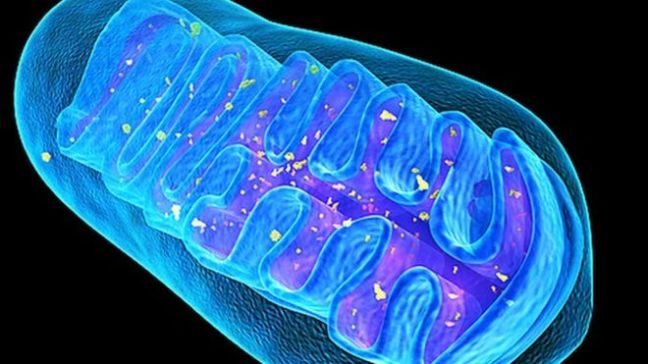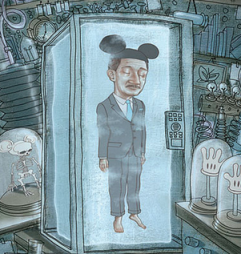The world’s smallest thermometer was created today, but in reality it is as old as life on our planet. In an article posted on Science 2.0 Professor Alexis Vallee-Belisle of the University of Montreal has created a thermometer 20,000 times smaller than a human hair, and it is made out of you. Let me clarify the thermometer is actually made of DNA. The proteins that make up DNA, or RNA, are used as nanothermometers in organisms. When the nano-structures are exposed to a variance in temperature they either fold or unfold depending on their genetic coding. By programming their own DNA strands researchers at the University of Montreal have created a sequence of DNA that fold and unfolds at all spectrums of temperature.
 Now you may be asking yourself, HOW the hell is this important and what does this have to do with me. Well for now it has nothing to do with you, but it could lead to a great deal of understanding. The researchers hope to uncover how well organic nano-mechanics work while exposed to variances in temperature. Basically they want to understand whether nanomachines will overheat like your computer, or for someone like myself my video game console. This research could basically allow the team to create artificial nanomachines on their own, which would allow for new fields in engineering and medicine to be explored. Imagine never getting a cold again because you have nanomachines protecting you from any disease. So does this sound important to you now?
Now you may be asking yourself, HOW the hell is this important and what does this have to do with me. Well for now it has nothing to do with you, but it could lead to a great deal of understanding. The researchers hope to uncover how well organic nano-mechanics work while exposed to variances in temperature. Basically they want to understand whether nanomachines will overheat like your computer, or for someone like myself my video game console. This research could basically allow the team to create artificial nanomachines on their own, which would allow for new fields in engineering and medicine to be explored. Imagine never getting a cold again because you have nanomachines protecting you from any disease. So does this sound important to you now?

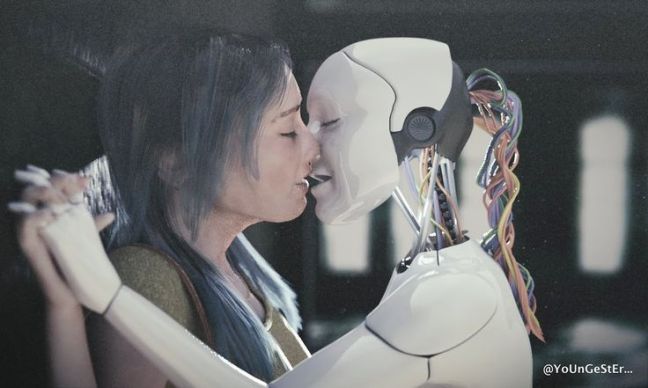
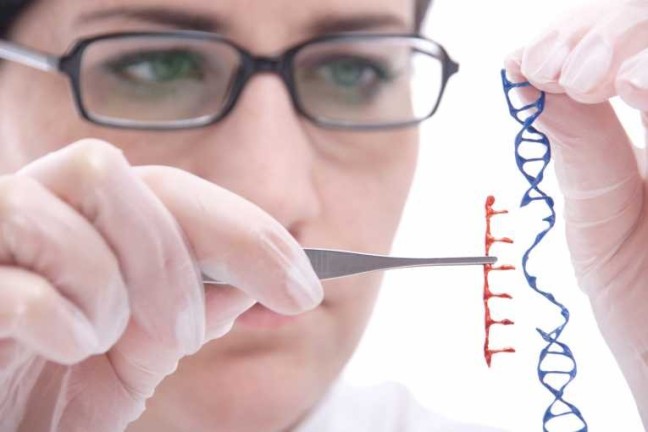 In a study of 700 families researchers had at least one relative carry one specific genetic mutation. On chromosome 16 researchers looked for genetic structures that were missing gene sequence 16p11.2. Chromosome 16 is linked to disorders in the autistic spectrum and was a prime place to start examining the effect of genetics on intelligence. Dr. Jacquemont stated that, “Intellectual faculties are the sum of many factors…” so the absence of this one genetic sequence is not the end all be all of intelligence. In fact it is common for genetic mutation holders to have no mental differences whatsoever. It is a first step in a long study as no one mutation can “cause the whole set of clinical signs shown by these patients.” but what is to say that one day soon parents will be paying Doctors to make sure their children have that 25 point IQ boost.
In a study of 700 families researchers had at least one relative carry one specific genetic mutation. On chromosome 16 researchers looked for genetic structures that were missing gene sequence 16p11.2. Chromosome 16 is linked to disorders in the autistic spectrum and was a prime place to start examining the effect of genetics on intelligence. Dr. Jacquemont stated that, “Intellectual faculties are the sum of many factors…” so the absence of this one genetic sequence is not the end all be all of intelligence. In fact it is common for genetic mutation holders to have no mental differences whatsoever. It is a first step in a long study as no one mutation can “cause the whole set of clinical signs shown by these patients.” but what is to say that one day soon parents will be paying Doctors to make sure their children have that 25 point IQ boost. If you think creativity is a talent you were born with, and something you could never develop yourself, you would be wrong. In an
If you think creativity is a talent you were born with, and something you could never develop yourself, you would be wrong. In an 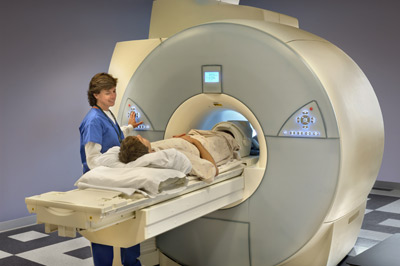
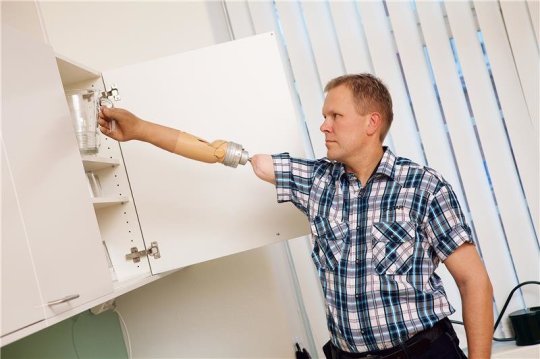 .
.
